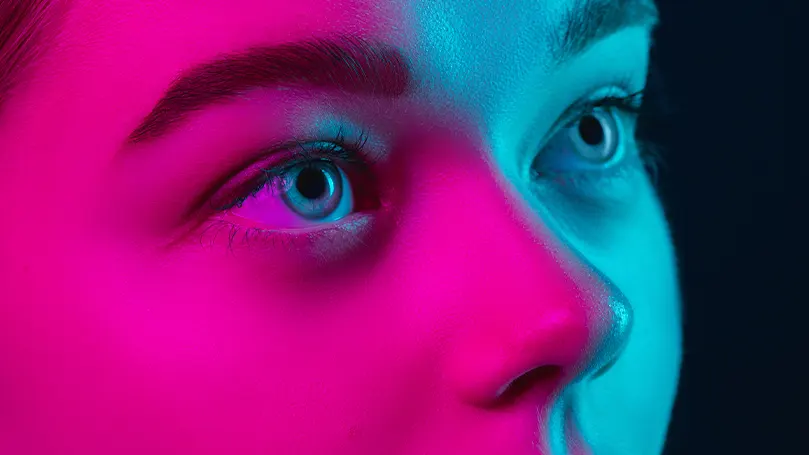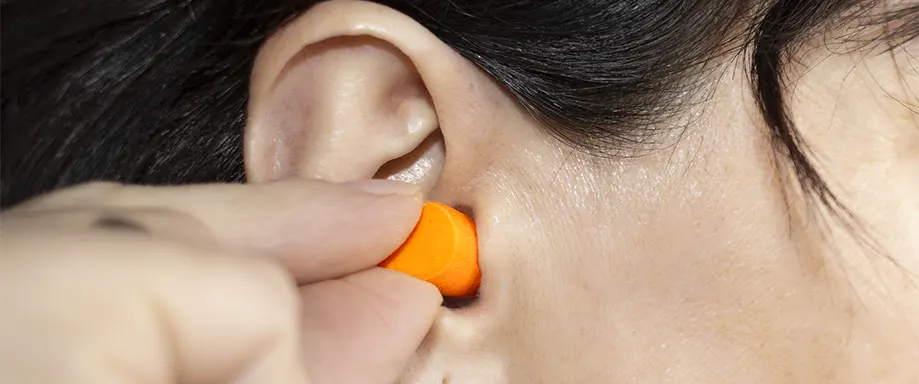What is light therapy and how does it work?

First things first, let us tell you what light therapy is. Namely, light therapy (also known as bright light therapy or even phototherapy) is a therapy used to treat several mental health issues. Primarily, it is used by people who suffer from the seasonal affective disorder (or winter depression as some like to call it). However, it proved to be great even for people suffering from nonseasonal depression, bipolar depression, anxiety, insomnia, circadian rhythm sleep disorders, etc.
But, you don't have to have any mental health problems to use this light therapy. You can use it on these gloomy days to make your body produce more melatonin and serotonin, that is, you can use it to lift your spirits and be more motivated and productive during the day.
Researchers believe that all the conditions mentioned above have something to do with the lack of natural sunlight. During winter, when the days are short and relatively dark, we typically don't expose ourselves to enough light, and thus, we mess up our hormones. Some people react well to all of this, but, others, start getting depression symptoms such as irritability, brain fog, lethargy, inability to focus and concentrate, disinterest in socializing, anxiety, various fears, weight gain, etc.
Luckily, with all of this, light therapy can help!
But, how does light therapy work? That is, how can a light therapy session help with all of the mood disorders we mentioned above?
Well, it all starts with a light therapy box or light therapy lamp. You plug this box (or lamp) in, you turn it on, and you sit in front of it for approximately 30 minutes. Half an hour is enough for your skin and eyes to absorb enough light needed for your body to produce enough vitamin D, melatonin, and serotonin – three hormones necessary for the effective treatment of any disorder we have.
Benefits of light therapy

As previously said, light therapy has many benefits.
When using light boxes or lamps, we send a message to our body to produce more vitamin D. Vitamin D is extremely important when it comes to our overall health – both physical and mental health.
Besides vitamin D, light therapy helps with the production of melatonin and serotonin. Melatonin is a hormone responsible for our sleep quality. If we have enough of it, we will have good-quality sleep. But, if we don't, well, we will most likely have some sleep disturbances. Finally, light therapy helps with the production of serotonin – a hormone we need to be happy.
Thus, to conclude, bright light therapy will make us generally healthy, happy, and rested.
However, it is important to mention that this bright light treatment does not necessarily cure all the disorders we have (whether those be seasonal affective disorders, sleep disorders, mood disorders, etc). This treatment can only alleviate the symptoms we have. Moreover, don't expect the symptoms to be gone after the first usage – you need to have several, consistent light therapy treatments to see any changes.
Who should use this type of therapy
We already mentioned who should use this light therapy – usually, people suffering from seasonal depression and non-seasonal depression. But, let us mention a couple of ‘groups' of people who can also benefit from light therapy sessions. Those are:
- People with sleep disorders (circadian rhythm sleep disorders or insomnia for example)
- People with dementia and Alzheimer's disease
- People who are tired and unmotivated
- People who are jet-lagged
- People who are trying to adjust to their new night shift
Different types of light therapy

For treating all the conditions mentioned above, we should use lamps that produce full-spectrum fluorescent light. These lamps, basically, imitate natural day-like light. However, besides this, we can also use the following three types of exposure lights:
- Red light
- Blue light
- Green light
Light therapy lamps and boxes – how to choose
Light therapy lamps and boxes come in almost all shapes and sizes. You can buy a smaller one which you can put on your desk and use it while sitting down in front of it. Or, you can buy a bigger ceiling-type of a lamp and use it while studying, working, reading a book, etc.
Shape and size are something you should choose to your liking. Luckily, there are many great SAD lamps out there so you can pick and choose all day long. But, when it comes to light intensity, you should follow the advice of your doctor. Why? Because if you go for a light box whose light exposure is too weak, it will have no effect on your SAD treatment. And, if you go for a light box whose light exposure is too strong, you may do more harm than good. Thus, before your light therapy treatment session, always consult your doctor.
However, if you want to buy a light therapy box or lamp that you will use to lift your spirits, you should go for a lamp that has a light intensity of 10,000 lux. You simply can't go wrong with this one!
Moreover, always ask if the light therapy lamp you are buying has ultraviolet light (UV light) ‘stoppers'. Ultraviolet light is not good for us – it affects our skin cells, and it can lead to many skin disorders.
Safety considerations for this type of therapy

Now that you know all there is about light therapy lamps, let us give you some safety tips you should definitely take into consideration before you sit in front of your light therapy lamp or box:
- Never look directly at the light therapy lamp – put it at an angle
- Sit 20 inches from the lamp (approximately)
- Use a light therapy lamp for 30 minutes every day – no more than that
- Go for 10,000 lux – this light intensity suits most people
- Uv light is your worst enemy – avoid it
Bonus tip: Evening light therapy will do you no good. Have your light therapy sessions first thing in the morning if you want to improve SAD, elevate your mood, stop being lazy in the winter, etc.
Does light therapy have any cons?
If the emitted light coming from your light therapy lamp is too strong, you may, unfortunately, experience some side effects. In most cases, these are:
- Headache
- Eye strain
- Blurry vision
- Fatigue
- Irritability
- Sleeping problems (winter insomnia, for example)
Moreover, keep in mind that there are some people who won't benefit from light therapy at all. That is, keep in mind that there are some people who can suffer serious consequences and worsen their health conditions if using this kind of therapy. For instance, stay away from light therapy if you have (or if you had) one of the following ‘problems:
- Skin cancer
- Sensitive skin
- Sensitive eyes
- Constant migraines
- Bipolar disorder
Conclusion
Hopefully, all the things mentioned above persuaded you to change your indoor lighting. It doesn't matter whether you have some of the conditions mentioned above or not, give this light therapy a go for several weeks. Who knows – maybe that is the thing that you need to overcome those Blue Mondays and all other sad, cold, winter days. But be careful – choose your lamp wisely and pay attention to all the safety regulations and manufacturer's instructions!
Spread the word
Recommended reading:















There are no comments yet
"*" indicates required fields